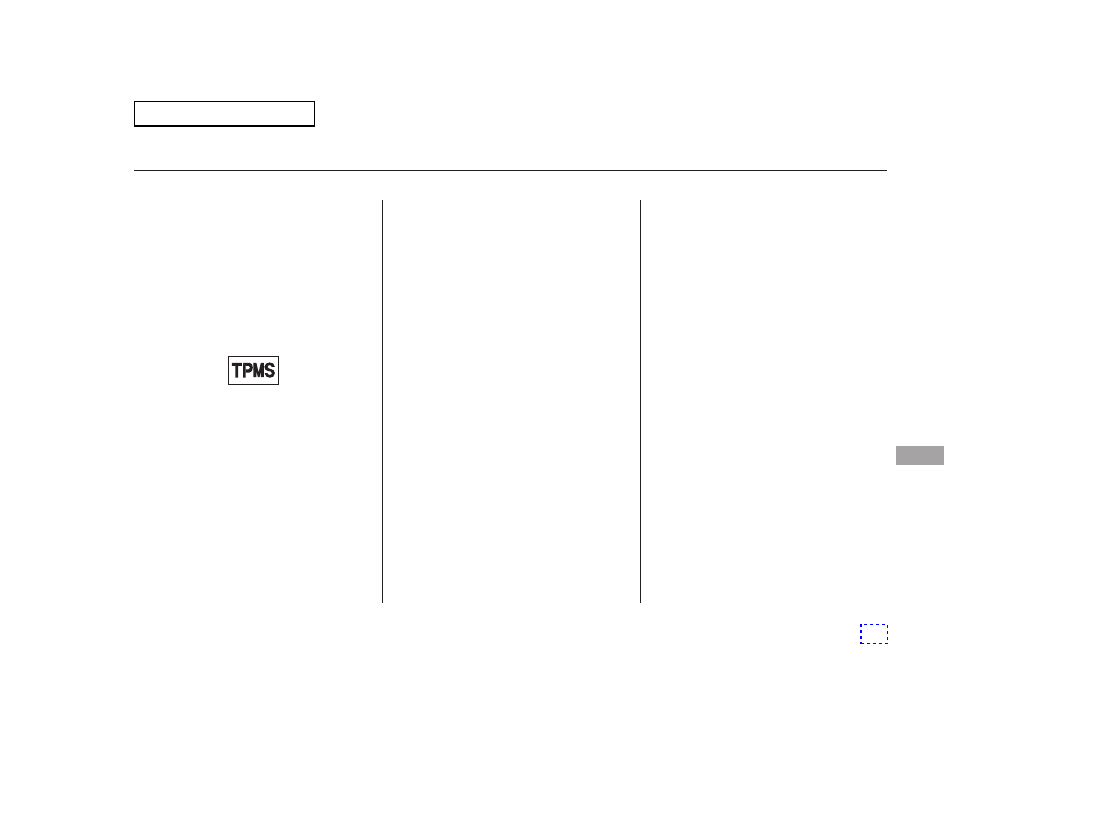Honda Accord Coupe L4 (2011 year). Instruction - part 28

−
Always check the TPMS malfunction
telltale after replacing one or more
tires or wheels on your vehicle to
ensure that the replacement or
alternate tires and wheels allow the
TPMS to continue to function
properly.
Your vehicle has also been equipped
with a TPMS malfunction indicator
to indicate when the system is not
operating properly. The TPMS
malfunction indicator is provided by
a separate telltale, which displays the
symbol ‘‘TPMS’’ when illuminated.
When the malfunction indicator is
illuminated,
the system may not be able to detect
or signal low tire pressure as
intended.
TPMS malfunctions may occur for a
variety of reasons, including the
installation of replacement or
alternate tires or wheels on the
vehicle that prevent the TPMS from
functioning properly.
Tire Pressure Monitoring System (TPMS)
Required Federal Explanation
T
e
chnical
Inf
or
mat
ion
Main Menu